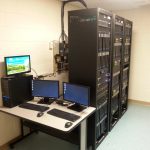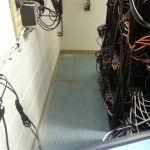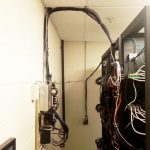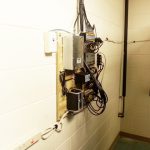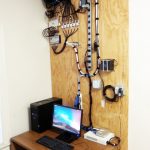Living in the country has many advantages – clean air, picturesque views, privacy from neighbors… The only downside is finding the best high-speed internet. In general, rural residents pay higher monthly fees for slower service. This is due, in large part to the high cost of expansion and the difficulty of running cable or fiber to a single home in the middle of nowhere.
Progress is being made, however, and high-speed internet is becoming more accessible in even the most remote regions of the country. While DSL is still not available in many rural areas, improvements in satellite technology are allowing for higher speeds. Furthermore, data limits are being dramatically reduced, making it easier for rural customers to enjoy reasonably priced unlimited high-speed internet access.
Currently, there are three main options for internet in rural areas:
DSL – DSL provides internet through a phone line. Very little equipment is required for installation. While this is often the fastest option, DSL is often not available in rural areas due to the high cost of running cable to a single home in a remote location. Even in rural areas where DSL is available, the connection can be prohibitively slow.
Satellite – Satellite internet is available just about anywhere that there is a clear view of the sky, but it has been typically touted as the slowest option. There is also the potential for interruption due to inclement weather and latency, which can affect gamers. You will need more equipment – at least a dish to catch the satellite signal – which can incur installation fees.
Fixed Wireless – Fixed Wireless is another promising option, providing dramatically faster speeds without the need for wiring. The service does, however, require a “line of sight” connection, meaning that topography and weather can affect the service in much the same way that satellite is affected. It is also currently the least available of all internet services.
Another way to get very fast internet is to use your smart phone or laptop as a mobile hotspot, which allows you to use your cell service provider as your internet provider. While doing so can provide blazing fast speeds from 4G networks, the option does come at a price. You must be able to receive a cell signal in your residence, and you will also be using up your wireless data – which means that if you are using your mobile hotspot to watch Netflix, your wireless data could be used up very quickly.
Although much ado is made over internet speeds and data caps, it is important to keep in mind your needs when comparing these services. While it is true that satellite services are slower than DSL and often have lower data caps, even gamers will find that these are not limiting in day to day use, and can be overcome fairly easily. Viasat provides a sizzling 12–100 Mbps speed and generous data caps. Even after a cap has been exceeded, speeds rarely drop below 3Mbps.
Take a look at the speed guidelines set by the FCC, and you’ll quickly realize that this is generally more than ample for most users:
– Social media, email, internet browsing: 1Mbps
– Streaming video (standard definition – 480p): 3-4 Mbps
– Streaming video (high definition – 720p): 5-8 Mbps
– Streaming video in 4K: 25Mbps
– Gaming: 3-4 Mbps
The bottom line is that even with data caps and potential speed throttling, satellite internet provides more than adequate speed for most users. Add in an Endless Data plan like the one at Sure Site, and satellite internet becomes the clear choice for rural residents seeking high-speed internet.
At Sure Site Satellite, we offer both Endless Data Internet Service and Viasat Satellite Internet to help rural homeowners receive the best internet service available to them. Call us today to see if these are options for your area!


